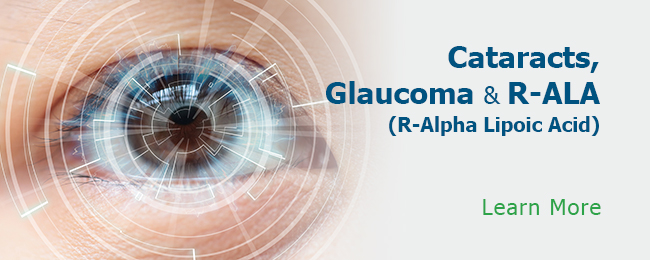Benefits for Neuropathy
One of the most common complications of diabetes is diabetic neuropathy. The high blood sugar levels in diabetics can cause damage to the arteries that supply the nerves with blood and often damage to the sheath protecting the nerves. This results in numbness, pins and needles, burning sensation and pain.

Diabetic Neuropathy and Alpha Lipoic Acid
Though many studies had been conducted overseas using ALA to treat diabetic patients, the Mayo Clinic recently conducted a study with a Russian medical center to test ALA’s ability to help specifically with diabetic neuropathy.
Half of the patients received five treatments a week consisting of 600 mg of alpha lipoic acid in intravenous form, while the others got a placebo. In just 2 1/2 weeks, the alpha lipoic acid patients reported — and the researchers noted in examinations — dramatic improvements in symptoms, including a six-point drop in pain levels on a 10-point scale. “But it didn’t act only as a pain medication,” says researcher and Mayo Clinic neurologist Peter Dyck, MD. “Alpha lipoic acid seems to actually change the metabolism of the nerve or blood supply to the nerve, and we noted some relief in symptoms.”
His study, reported in the March issue of Diabetes Care, involved 120 patients with the most common form of diabetic neuropathy, which causes pain, numbness, and a burning sensation and often leads to foot problems.
Recently, Dr. Dan Ziegler and Dr. F. Arnold Gries at Heinrich Heine University in Dusselfdorf had more exciting news to report about lipoic acid. They found that treatment with lipoic acid actually stimulated the regeneration of nerve fibers in diabetics. In less than three weeks of treatments, patients taking 600mg of lipoic acid daily experienced a significant reduction in pain and numbness associated with neuropathy.



















